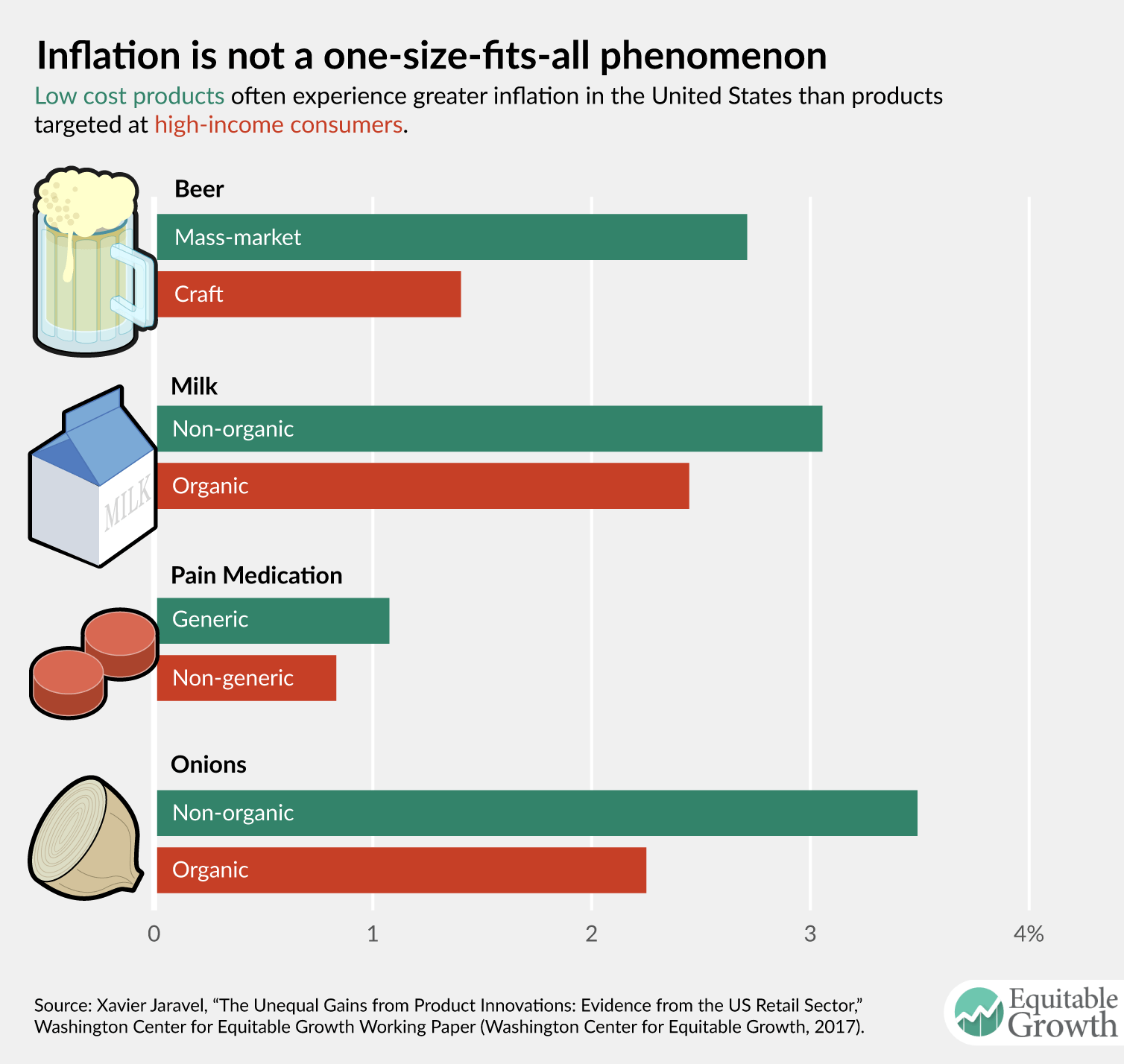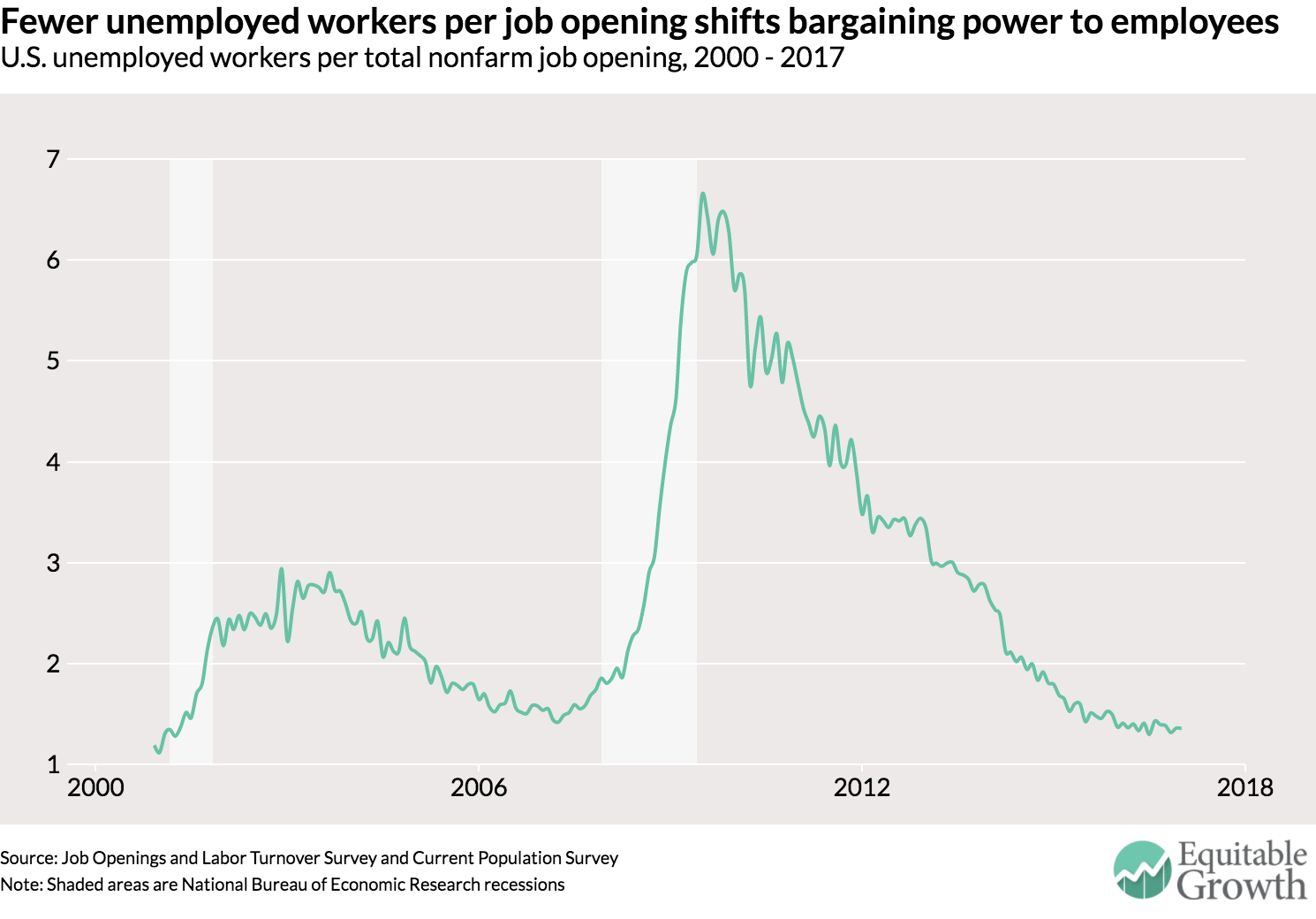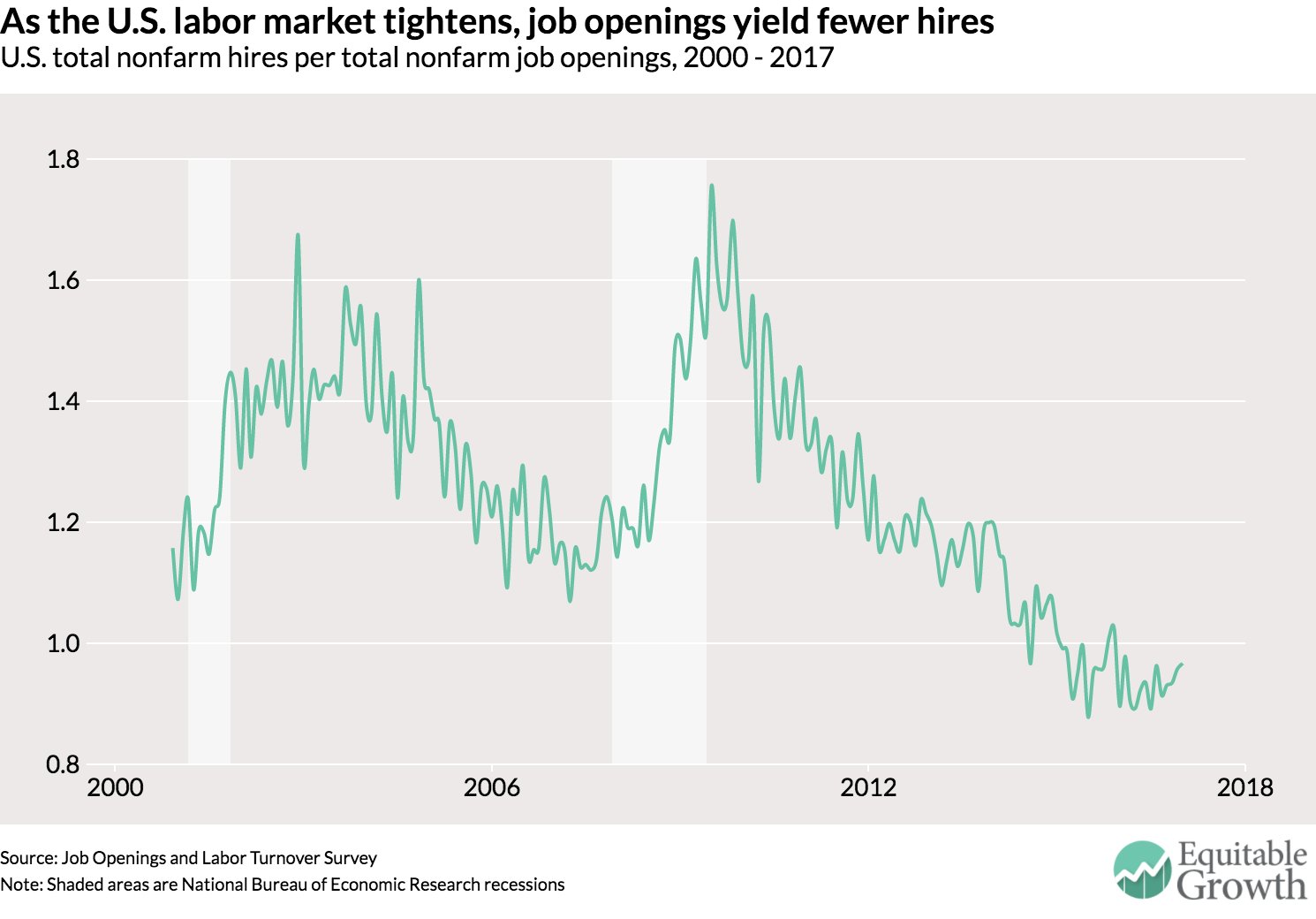Must-Read: What is the rule of law here? What should courts do when the President announces that he will not take care that the laws be faithfully executed? When a president announces that his policies will violate the Establishment clause, should courts let him proceed and so ignore the question whether pretexts publicly announced to be mere pretexts are in fact mere pretexts?
Ronald Nikles: Pay No Attention to the Man Behind the Curtain: the Great Oz has spoken…: “When a presidential candidate promises to ban Muslims from the country as his first act in office…
…should the courts be allowed to investigate the motivations of an Executive Order barring entry to nationals of six Muslim countries, ostensibly to keep out terrorists? Should courts be allowed to look behind the curtain of an Executive Order?… On February 9, 2017 the 9th Cir. Court of Appeals affirmed the nationwide stay of Travel Ban 1.0 until a hearing could be held on the merits. That order is now moot…. President Trump signed… Travel Ban 2.0… Travel Ban 1.0… [with] modifications designed to make it “court-proof.”… Ilya Somin noted that Travel Ban 2.0 continues to be driven by hostility to Muslims and that its security rationale continues to be extremely weak. Travel Ban 2.0 continues to assert “nearly unfettered authority by the federal government,” he said. This week two federal trial courts, in Hawaii and Maryland, have agreed with Somin….
How do courts determine whether a governmental action (like Travel Ban 2.0) is animated by religious animus? The court looked at the 2005 U.S. Supreme Court decision in McCreary County v. ACLU of KY: “In determining purpose, a court acts as an ‘objective observer’ who considers ‘the traditional external signs that show up in the text, legislative history, and implementation of the statute, or comparable official act.'” In other words, the mere identification (or claim) of a valid secular purpose does not satisfy the test. Courts will look at objective signs. It’s something that courts do “all the time.”…
In defending Travel Ban 2.0, the administration’s lawyers point to Kleindienst v. Mandel (1972)…. Justice Blackmun… “when the Executive exercises this power (to grant an exemption) negatively on the basis of a facially legitimate and bona fide reason, the courts will neither look behind the exercise of that discretion nor test it by balancing its justification against the First Amendment interests of those who seek personal communication with the applicant.”… Most judges aren’t buying this argument…. One judge who thinks that courts should not be looking behind the curtain in reviewing Travel Ban 2.0 is Judge Jay Bybee of the 9th Circuit… joined… by… Kozinsky, Callahan, Bea, and Ikuda…. Bybee, of course is infamous for being one of the authors of the Bush torture memos…





